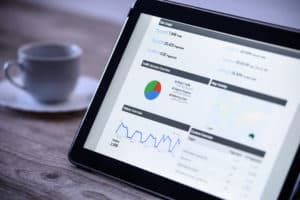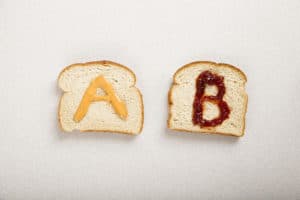
How to Plan Your Website Project

How to Plan Your Website Project
Establishing a great website requires more than just acquiring the services of a great web designer. It requires planning, research, and goals. As a web designer, part of my job is to help my clients understand the steps they need to take in addition to, and in preparation for, the work I will be doing for them. After all, no one knows your business as well as you so it’s crucial that you are able to answer some key questions during the website project planning process.
I have put together some of the crucial steps required to determine what will differentiate your great website from just a good website.
What is the goal of your website?
Deciding what your website will do for you should be the first thing you need to determine. It’s just like buying a car – you have to first figure out what you want and need before you buy. For example, let’s say you spend 20% of your time driving your kids to their various activities, 40% commuting to work, 20% traveling, and 20% doing miscellaneous activities. You would probably prefer a nice looking, fuel-efficient car with enough room for your family versus a gas-guzzling 2-door convertible.
You should take the same approach to establish what you want in a website during the website project planning process. Are you selling a product, a service, or an idea? Is your goal to have the users buy online or contact you directly? Is your goal to provide information to a mass audience so you can earn ad revenue? Without knowing what your goal is, your web designer has no way of knowing how to focus the audience on your site. In this case, not only will your site not help your bottom line, but it can actually hurt you by causing a frustrating web experience for potential customers.
Who is your target audience?
Who are you selling to and how are you planning on reaching them? Your web designer should know how to appeal to different types of audiences by researching the type of websites, magazines, marketing materials, etc that have been proven to reach that market. A great web designer will be able to use that information to create a website that is consistent with the style of the market, while giving it that extra “umph” to set your site apart. Without knowing your audience, your designer is left guessing at your target market. This can be disastrous!
What’s your style?
I have had many clients who have very detailed ideas about what they want their site to look like. I have also had many clients who have no idea what they want and are completely indifferent to what their site should look like. I find both of these approaches to be least effective way of getting a great finished product.
For the client who has the look planned out down to the last pixel, this is what tends to happen: Your designer will give you exactly what you asked for, which may or may not be the best that they have to offer. Web designers look at so many websites throughout their career, that they usually have several perspectives that may work better for targeting your customers. For the client that hasn’t thought about style at all, you aren’t giving your designer anything to go on as far as what is consistent with your company’s current brand. Even if your company is new and has no brand presence yet, you are limiting the chances that the designer will come up with designs that appeal to you as well as your target audience.
What will your website have to say?
By far, content/copy is the thing my clients struggle with the most. Usually, its split into two groups – the clients who feel overwhelmed by having to write copy for the site and don’t know where to start, and the clients who can talk and/or write about their business’s products and services at great (and often excessive) lengths. I recommend coming up with a simple outline of the content you want on your website. Outlines are easy and chances are you already have the beginning of an outline in your head.
For example, you will want an introductory (home) page, a page that tells more about your and/or your company (an about page), and a contact page for people to reach you. If you are selling one or more products, you may also want a product page, or if you are a service-based business, you probably would want a services page to outline the services you offer. You may also want some additional pages depending on the scope of your company.
At that point, all you need to do is take it step by step to write the content. At Alt Creative, we can help you fill in some of the elements. For example, we can help you determine what types of things you should mention in your “About” page, or how to best layout your products on your “Products” page. If a client still finds writing the content overwhelming, or maybe just doesn’t have the time to craft well written website copy, we specialize in writing high-impact website copy.
Website Project Planning Next Steps
Now that you have determined your site goals, target audience, style, and content, your website designer is armed with all of the information they need to create a website that will look great and do its job. The next step is to keep going back to the plan during the design process to make sure you are being consistent with your goals.
Ready to get your project started?
Get your free consultation and pricing quote by filling out our quick ‘request a quote’ form. We’ll answer all of your burning questions and help find the right solution for your project.
Request a Quote



